Audi 2012 Annual Report Download - page 101
Download and view the complete annual report
Please find page 101 of the 2012 Audi annual report below. You can navigate through the pages in the report by either clicking on the pages listed below, or by using the keyword search tool below to find specific information within the annual report.-
 1
1 -
 2
2 -
 3
3 -
 4
4 -
 5
5 -
 6
6 -
 7
7 -
 8
8 -
 9
9 -
 10
10 -
 11
11 -
 12
12 -
 13
13 -
 14
14 -
 15
15 -
 16
16 -
 17
17 -
 18
18 -
 19
19 -
 20
20 -
 21
21 -
 22
22 -
 23
23 -
 24
24 -
 25
25 -
 26
26 -
 27
27 -
 28
28 -
 29
29 -
 30
30 -
 31
31 -
 32
32 -
 33
33 -
 34
34 -
 35
35 -
 36
36 -
 37
37 -
 38
38 -
 39
39 -
 40
40 -
 41
41 -
 42
42 -
 43
43 -
 44
44 -
 45
45 -
 46
46 -
 47
47 -
 48
48 -
 49
49 -
 50
50 -
 51
51 -
 52
52 -
 53
53 -
 54
54 -
 55
55 -
 56
56 -
 57
57 -
 58
58 -
 59
59 -
 60
60 -
 61
61 -
 62
62 -
 63
63 -
 64
64 -
 65
65 -
 66
66 -
 67
67 -
 68
68 -
 69
69 -
 70
70 -
 71
71 -
 72
72 -
 73
73 -
 74
74 -
 75
75 -
 76
76 -
 77
77 -
 78
78 -
 79
79 -
 80
80 -
 81
81 -
 82
82 -
 83
83 -
 84
84 -
 85
85 -
 86
86 -
 87
87 -
 88
88 -
 89
89 -
 90
90 -
 91
91 -
 92
92 -
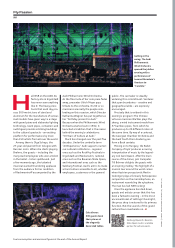 93
93 -
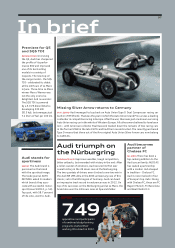 94
94 -
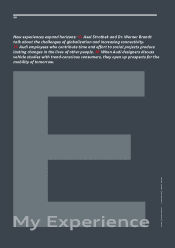 95
95 -
 96
96 -
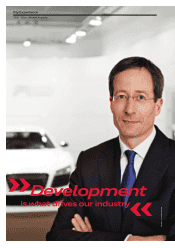 97
97 -
 98
98 -
 99
99 -
 100
100 -
 101
101 -
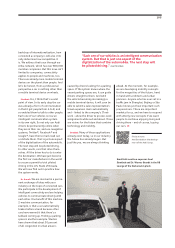 102
102 -
 103
103 -
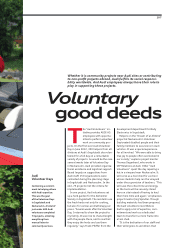 104
104 -
 105
105 -
 106
106 -
 107
107 -
 108
108 -
 109
109 -
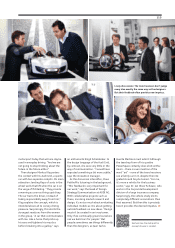 110
110 -
 111
111 -
 112
112 -
 113
113 -
 114
114 -
 115
115 -
 116
116 -
 117
117 -
 118
118 -
 119
119 -
 120
120 -
 121
121 -
 122
122 -
 123
123 -
 124
124 -
 125
125 -
 126
126 -
 127
127 -
 128
128 -
 129
129 -
 130
130 -
 131
131 -
 132
132 -
 133
133 -
 134
134 -
 135
135 -
 136
136 -
 137
137 -
 138
138 -
 139
139 -
 140
140 -
 141
141 -
 142
142 -
 143
143 -
 144
144 -
 145
145 -
 146
146 -
 147
147 -
 148
148 -
 149
149 -
 150
150 -
 151
151 -
 152
152 -
 153
153 -
 154
154 -
 155
155 -
 156
156 -
 157
157 -
 158
158 -
 159
159 -
 160
160 -
 161
161 -
 162
162 -
 163
163 -
 164
164 -
 165
165 -
 166
166 -
 167
167 -
 168
168 -
 169
169 -
 170
170 -
 171
171 -
 172
172 -
 173
173 -
 174
174 -
 175
175 -
 176
176 -
 177
177 -
 178
178 -
 179
179 -
 180
180 -
 181
181 -
 182
182 -
 183
183 -
 184
184 -
 185
185 -
 186
186 -
 187
187 -
 188
188 -
 189
189 -
 190
190 -
 191
191 -
 192
192 -
 193
193 -
 194
194 -
 195
195 -
 196
196 -
 197
197 -
 198
198 -
 199
199 -
 200
200 -
 201
201 -
 202
202 -
 203
203 -
 204
204 -
 205
205 -
 206
206 -
 207
207 -
 208
208 -
 209
209 -
 210
210 -
 211
211 -
 212
212 -
 213
213 -
 214
214 -
 215
215 -
 216
216 -
 217
217 -
 218
218 -
 219
219 -
 220
220 -
 221
221 -
 222
222 -
 223
223 -
 224
224 -
 225
225 -
 226
226 -
 227
227 -
 228
228 -
 229
229 -
 230
230 -
 231
231 -
 232
232 -
 233
233 -
 234
234 -
 235
235 -
 236
236 -
 237
237 -
 238
238 -
 239
239 -
 240
240 -
 241
241 -
 242
242 -
 243
243 -
 244
244 -
 245
245 -
 246
246 -
 247
247 -
 248
248 -
 249
249 -
 250
250 -
 251
251 -
 252
252 -
 253
253 -
 254
254 -
 255
255 -
 256
256 -
 257
257 -
 258
258 -
 259
259 -
 260
260 -
 261
261 -
 262
262 -
 263
263 -
 264
264 -
 265
265 -
 266
266 -
 267
267 -
 268
268 -
 269
269 -
 270
270 -
 271
271 -
 272
272 -
 273
273 -
 274
274 -
 275
275 -
 276
276 -
 277
277 -
 278
278 -
 279
279 -
 280
280 -
 281
281 -
 282
282 -
 283
283 -
 284
284 -
 285
285
 |
 |

them themselves, so driver assistance
systems are especially important.
In China, those customers normally
have a chaueur. So they are more
interested in how comfortable the rear
compartment is. One option we oer
them is business class seats like those
you’d find on an aircraft, that you can
recline electrically. The entertainment
options are obviously very important,
too: video, TV, hotspots for the com-
puter, smartphones and consoles. In
the United States, on the other hand,
our customers really appreciate ease of
operation, plus the very sophisticated,
wide-ranging features of our assistance
systems.
Dr. Brandt: That’s yet more clear
evidence of how customer require -
ments are changing. In our industry,
as well as optimized processes cus-
tomers nowadays want to be able to
evaluate business-relevant data and
initiate processes whenever they wish
and wherever they are. Our innova-
tions make that possible. In an eort
to develop optimum solutions for our
customers, for some time now we have
been using what is called the design
thinking method. Interdisciplinary teams
observe the user’s needs and develop
solutions hand in hand with them so
as to build, test and improve prototypes
to the point where they are operational.
This approach speeds up our develop-
ment cycles and boosts customer
satisfaction, because the user is closely
involved in the development process.
Strotbek: I firmly believe anyway
that development is what drives our
industry. In 2011 we spent around
2.8 billion euros on development, and
the figure was more than 3.4 billion
euros in 2012. That dynamic growth
underlines how important this activity
is to us. “Vorsprung durch Technik”
needs to be continually advanced if
it is to remain just as successful in
the future. We achieve this with our
eective team and by working in
partnership with a large number of
outstandingly well-qualified service
providers. We even go so far as to
integrate some of them when we
want to build their expertise into the
development processes for our core
technologies.
Dr. Brandt: Our industry does something
similar. At SAP we have what we call
our partner ecosystem, which spans
partners from the hardware, technology
and implementation areas. In our
experience, when we recruit one em -
ployee, that creates ten new jobs
throughout our ecosystem worldwide.
Strotbek: That’s interesting, because
it illustrates very well how economic
systems and also major corporations
are deeply interconnected on a global
scale.
Dr. Brandt: I think interconnection
is one of the key ideas here, and
the prerequisite of future viability.
Connectivity is becoming ever
more important. Our world is more
connected than ever. Against the
“Design thinking speeds up our development
cycles and boosts customer satisfaction, because
the user is closely involved in the development
process.”
Dr. Werner Brandt
P H O T O S | E N N O K A P I T Z A
Fuel consumption and emission figures at the end of the Annual Report
My Experience
104
